Materials
A large, shallow plastic tub or sand table
Play sand—the finer, the better
Floral stones or beach glass (available at Hobby Lobby)
Craft sticks
Directions
The feeling children get when digging, filling, and dumping containers of sand is both satisfying and relaxing at the same time. They can be engaged in sand play for hours at the beach. The sand table in our classroom, filled with beach sand, holds the children’s interest almost as long. They enjoy running their fingers through the sand, burying their hands in it, sifting it, filling containers with it, dumping containers of it, and mixing water into it.
Recently, we took all the tools and containers out of our sand table, replaced them with blue floral stones and craft sticks, and watched to see what happened. At first, the children started retrieving all the blue stones and put them into piles. We challenged them to do something with the craft sticks. They “drew” with them in the sand. Then, one child started using his stick as a scraper, smoothing sand throughout the sand table. One of the girls started laying her sticks on the sand and placed a few stones on top. This led others to start making “roads” with their sticks, with more stones on top. This morphed into burying stones in the sand and using the craft sticks as diggers to find the stones. It was very interesting to observe what the children would do without pails and shovels as they’re accustomed to.


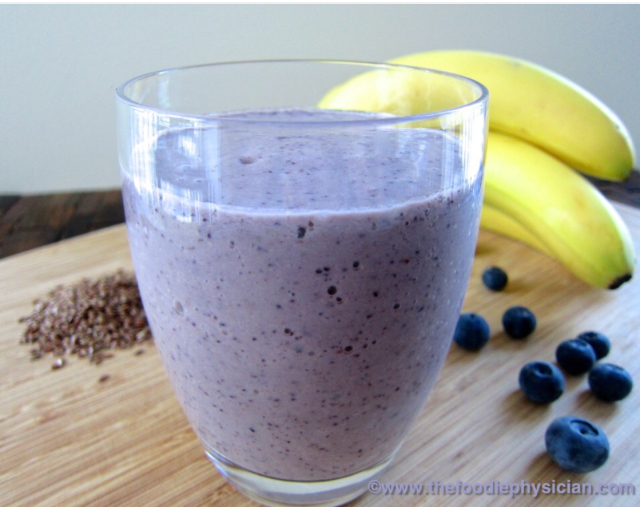


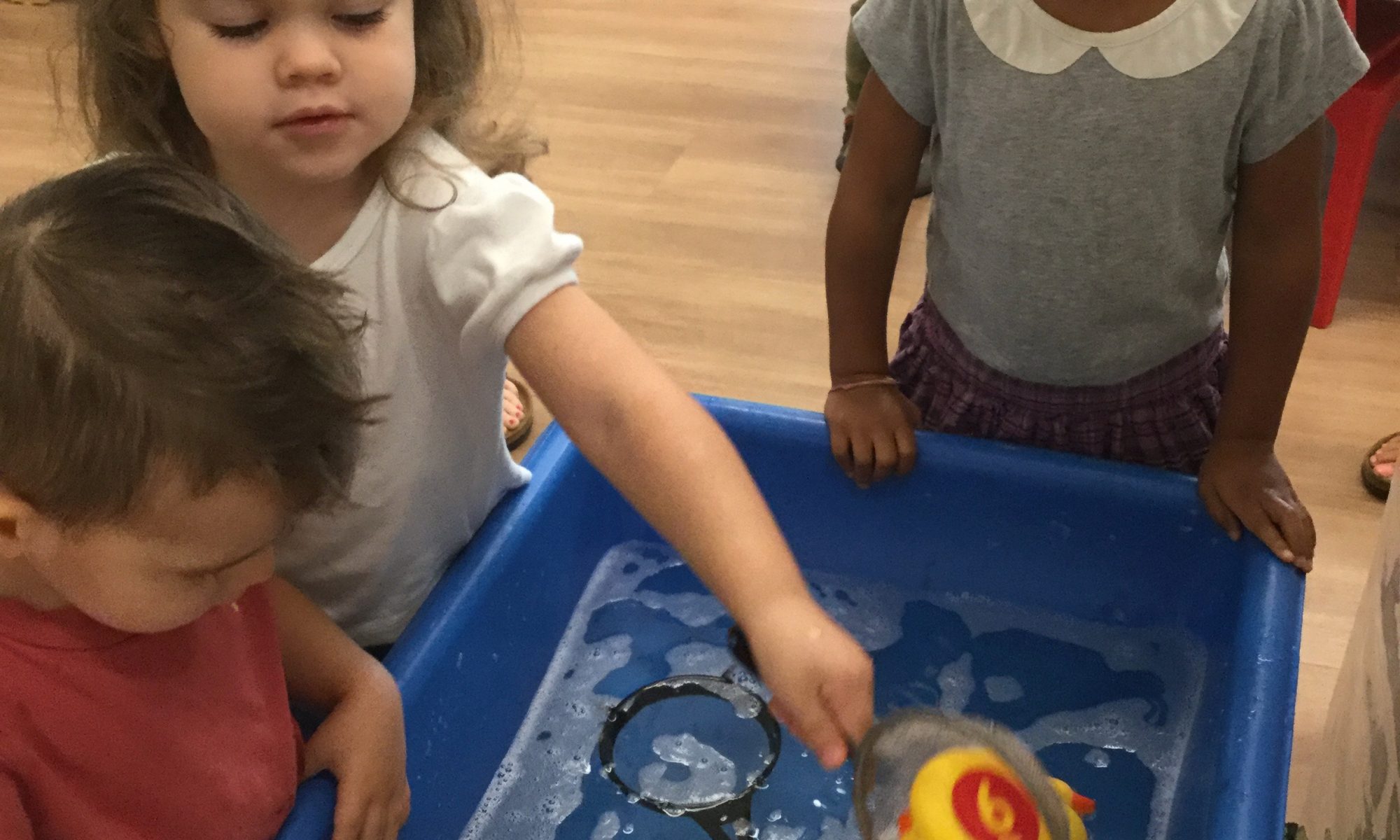
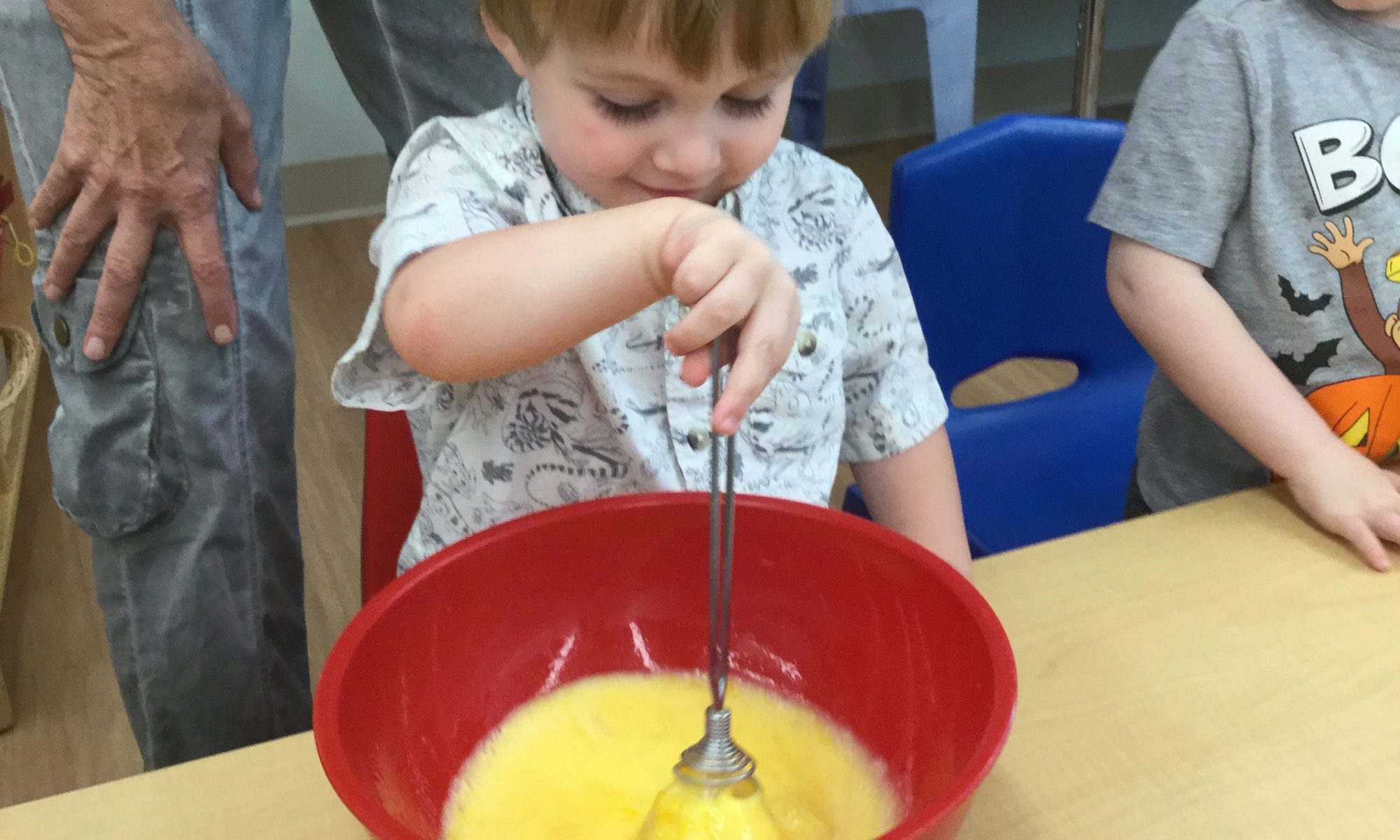
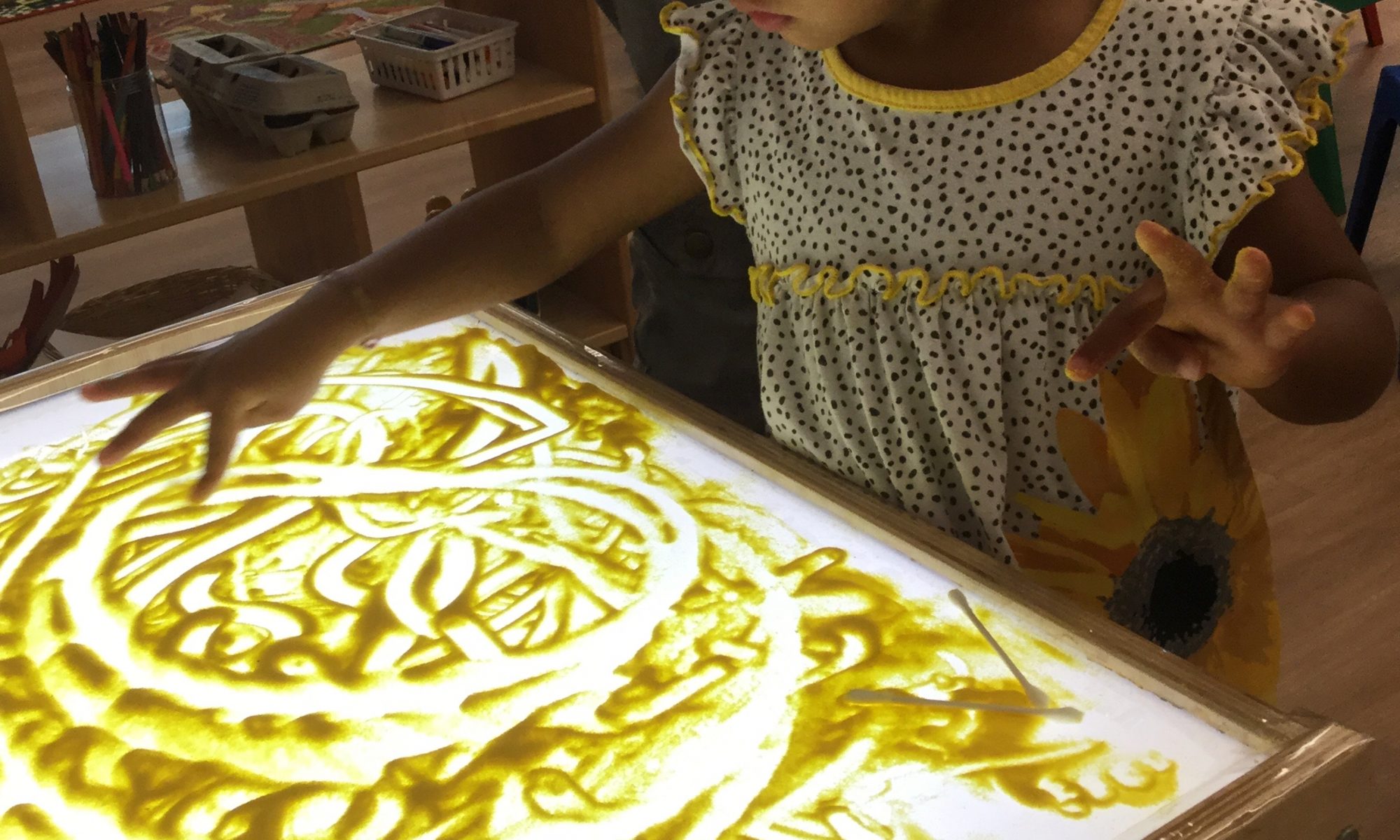
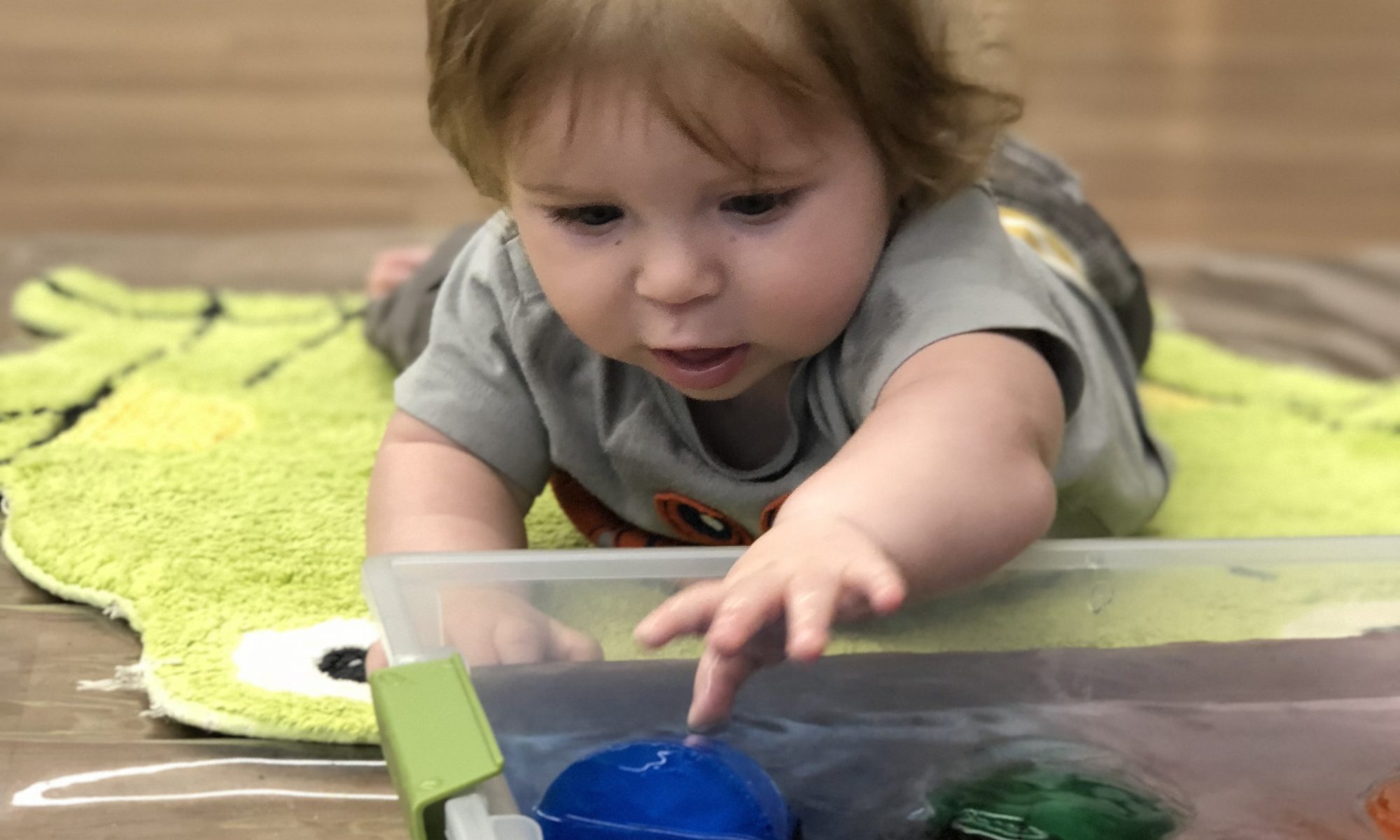
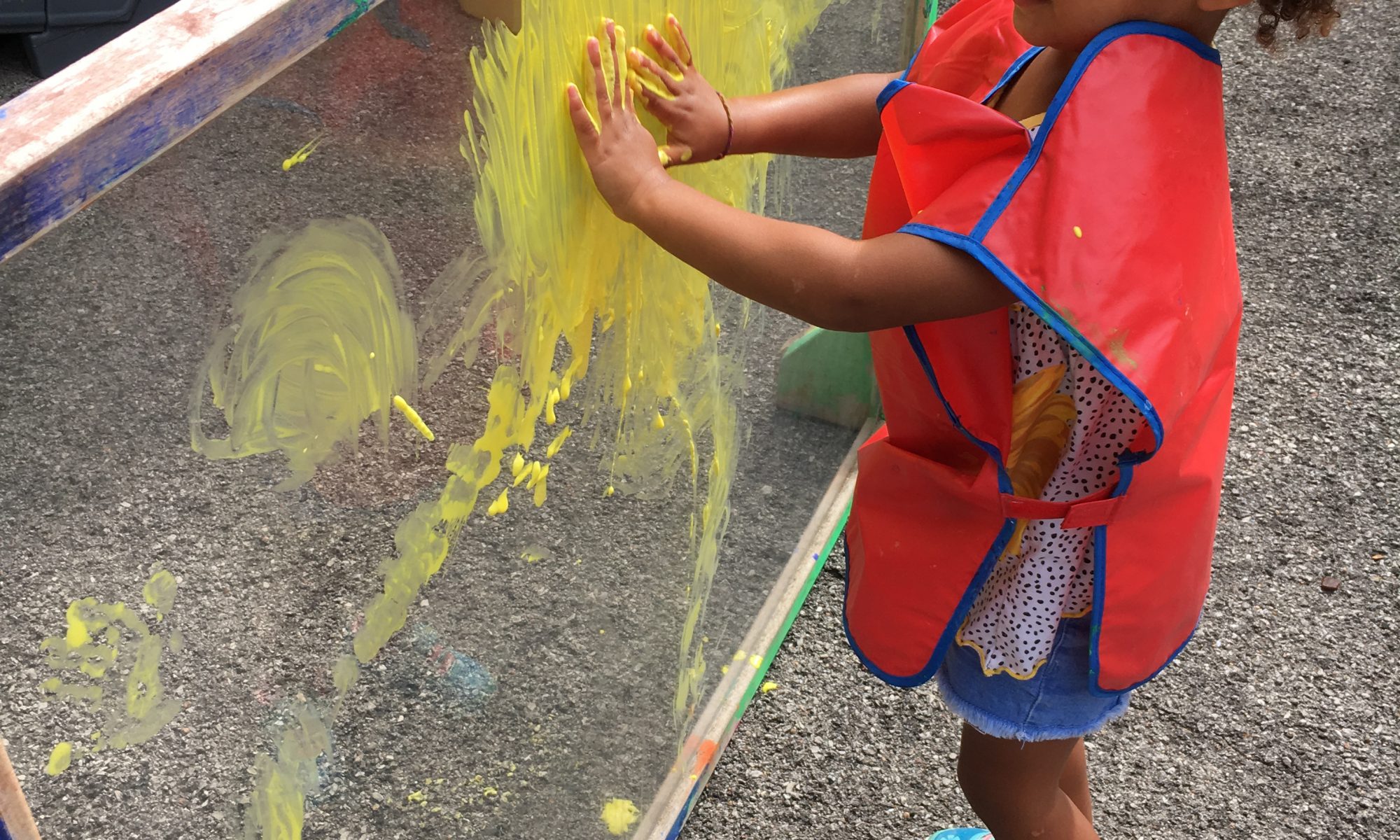
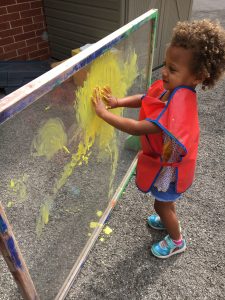 great option)
great option)